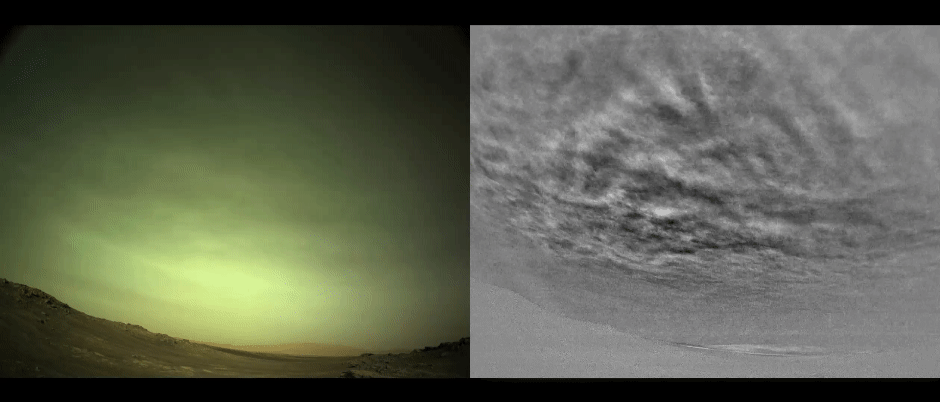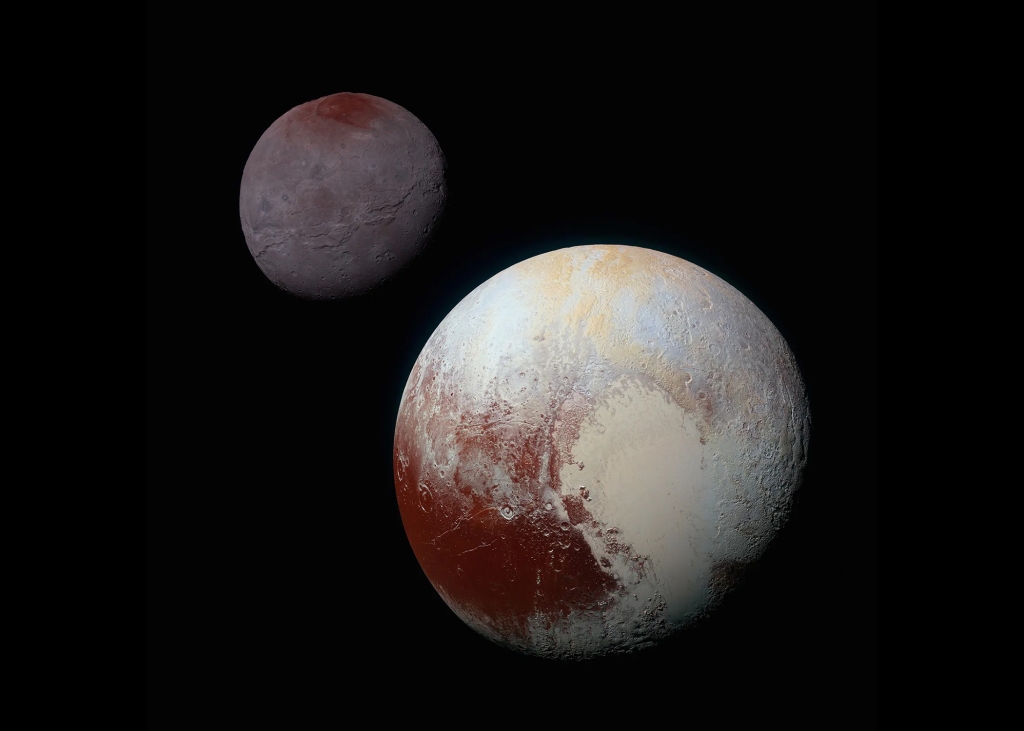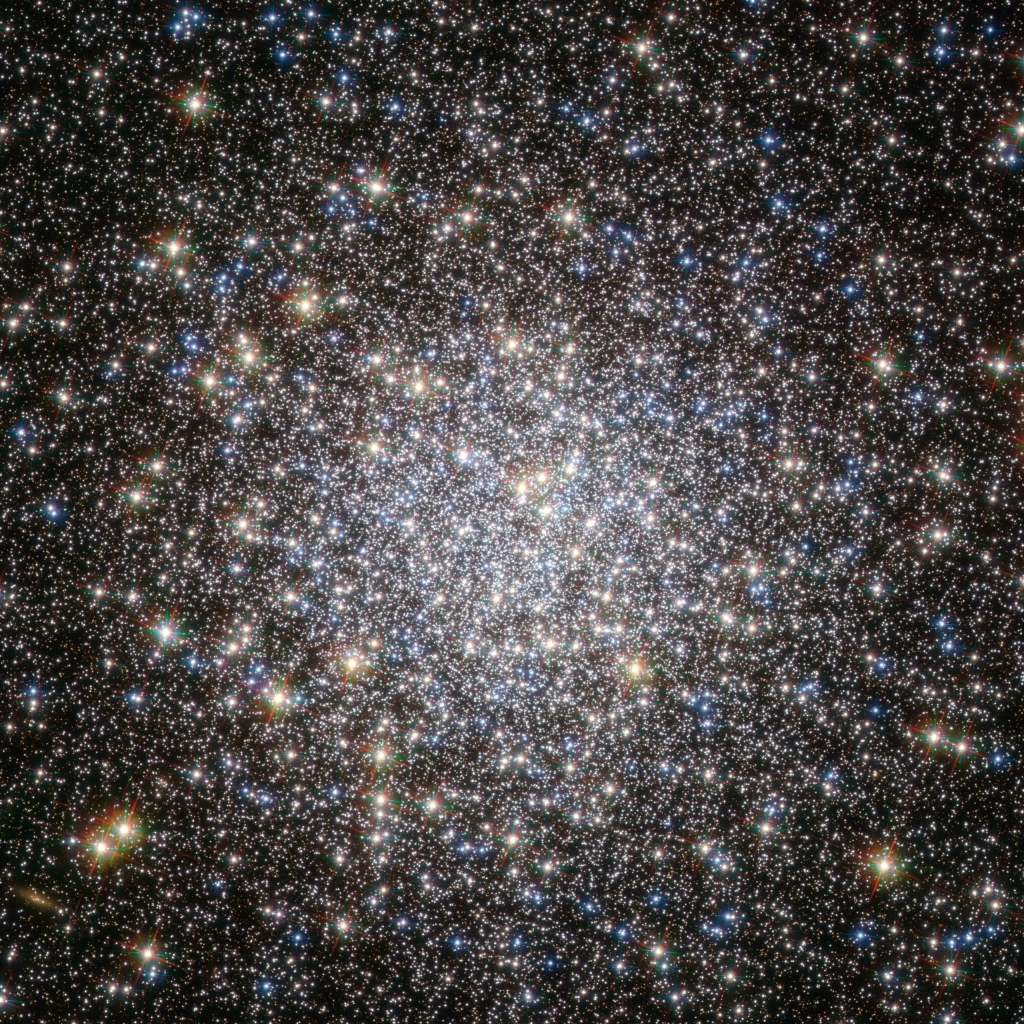In a new study looking to unravel the atmospheric secrets of Mars, the Perseverance Rover has presented unprecedented data from its extensive study of cloud formations above Jezero Crater. Over the first 600 sols, the mission meticulously gathered 46 cloud movies and 145 cloud surveys, showcasing an array of cloud types and behaviors at the rover’s landing site. This rich dataset marks a significant leap in our understanding of Martian meteorology, especially in comprehending the dynamics and structure of the elusive water-ice clouds.

The first spacecraft observation of clouds on Mars was carried out in 1973 using the Infrared Interferometer Spectrometer (IRIS) instrument aboard the Mariner 9 Orbiter. This mission marked a significant milestone in planetary exploration, as Mariner 9 became the first spacecraft to orbit another planet, providing detailed views of the Martian surface and atmosphere. During its mission, Mariner 9 captured images that revealed the presence of thin, wispy clouds composed of water ice or carbon dioxide ice, hovering in the Martian atmosphere. These observations were the first to offer a clear indication of active weather processes on Mars, sparking a growing interest in understanding the Martian climate and its atmospheric dynamics. Subsequent missions and ground-based observations have since built on this foundational discovery, significantly expanding our knowledge of Martian meteorology and the role of clouds in the planet’s atmospheric processes.
Employing advanced analytical techniques such as Mean-Frame Subtraction (MFS) and Two-dimensional Fast Fourier Transforms (2D-FFT), scientists have managed to unveil intricate cloud structures, previously blurred in the thin Martian atmosphere. The MFS method, in particular, has proven instrumental in highlighting these structures, allowing for a detailed analysis of cloud sizes that range impressively from 2.90 to 15.25 km at altitudes between 30 and 50 km. These sizes were meticulously calculated based on the vertical profiles of atmospheric water-ice provided by the Mars Climate Sounder, emphasizing the advanced capabilities of the mission’s instrumentation.
Moreover, the study delves deep into the multifractal scaling of Martian clouds, examining the resolution dependence necessary to resolve these structures over a spectrum of thresholds. This aspect of the research is not just a testament to the sophisticated image-processing techniques employed but also speaks volumes about the complex nature of Martian atmospheric dynamics.

The significance of Martian clouds, particularly water-ice clouds, in shaping the planet’s climate and atmospheric processes cannot be overstated. Historically underestimated in their impact, these clouds play a pivotal role in the transport of water and in radiative processes, influencing the thermal dynamics of the planet’s surface and atmosphere. Ground-based observations and subsequent studies have continually underscored the crucial role of water-ice clouds in the Martian water cycle, cloud condensation, and water-ice microphysics.
The research taps into a wealth of historical data from multiple orbiter missions spanning the last 50 years, offering a comprehensive view of Martian clouds on a global scale. Instruments like the Viking Orbiter Infrared Thermal Mapper, Mars Climate Sounder, and Compact Reconnaissance Imaging Spectrometer for Mars have been instrumental in providing detailed observations of cloud optical depths, ice crystal particle sizes, cloud morphologies, and classifications. These global observations, combined with the detailed data from Perseverance, paint a comprehensive picture of Martian meteorology.
Particularly noteworthy is the understanding of the aphelion cloud belt (ACB) and the polar hood clouds in the north (NPH) and south (SPH). These cloud formations play a significant role in the seasonal and latitudinal distribution of atmospheric water, marking critical phases in the Martian atmospheric cycle. The study’s focus on Jezero Crater, situated within the ACB region, offers valuable insights into the local cloud structures and occurrences, juxtaposing them with previous findings from other Martian sites like Gale Crater.
In conclusion, this extensive study not only advances our knowledge of Martian clouds and atmospheric dynamics but also sets a new benchmark for future planetary missions. By leveraging state-of-the-art image processing techniques and in-depth analysis, the research paves the way for more sophisticated models of cloud tracking and weather prediction on Mars, offering glimpses into the intricate dance of Martian clouds and their far-reaching implications for the planet’s climate and potential habitability.
Source
Patel, Priya, et al. “Geometric Properties of Waterice Clouds as Observed from Jezero Crater in the First 600 Sols with the NavCam Instrument on Board the Mars2020 Rover, Perseverance.” The Planetary Science Journal, vol. 4, no. 12, 2023, p. 226, dx.doi.org/10.3847/PSJ/acfc35, https://doi.org/10.3847/PSJ/acfc35.
Featured Image
NASA





